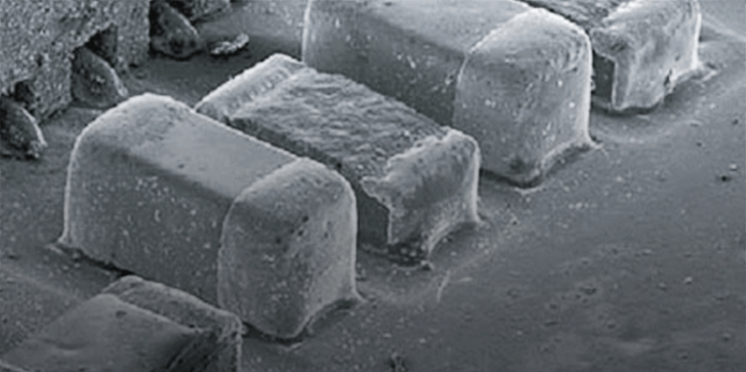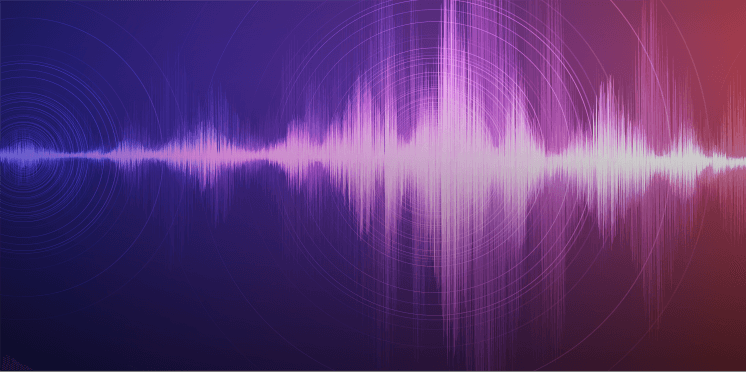ハーウィーウェラン方程式
ハーウィーウェラン方程式
Howie-Whelan equation
[目次:理論(電子の散乱/回折/結像)]
電子線を試料に入射して結晶の下面での透過波と回折波の強度を計算する一方法。試料を薄い層に分け、各層に透過波と回折波を入射させ(最上層では回折波は零とおく。)、層の中で各波は結晶構造因子で決まる透過と回折を受ける。その結果、層の下面で新しい透過波と回折波が決定される。この過程を各層で繰り返し、結晶下面での透過波と回折波の振幅(強度)が得られる。積層欠陥や転位などからのコントラストの説明に使われる。
A method for calculating the intensities of transmitted and diffracted waves at the bottom plane of a crystalline specimen when the incident electron beam interacts with the specimen. In the "Howie-Whelan equation," transmission and diffraction are dealt with in the following way. The specimen is divided into many thin layers. The transmitted and diffracted waves are given at the upper surface of a layer (on the top layer, the diffracted wave amplitudes are assumed to be 0 (zero)). These waves undergo transmission and diffraction according to the respective crystal structure factors in the layer. The new transmitted and diffracted waves are obtained at the lower surface of the layer. These waves are incident on the next layer. This process is repeated for successive planes. Finally the amplitudes of the transmitted and diffracted waves at the bottom plane of the specimen are obtained. This method (equation) is used to explain the image contrast due to lattice defects such as stacking faults and dislocations.
関連用語から探す
説明に「ハーウィーウェラン方程式」が含まれている用語






